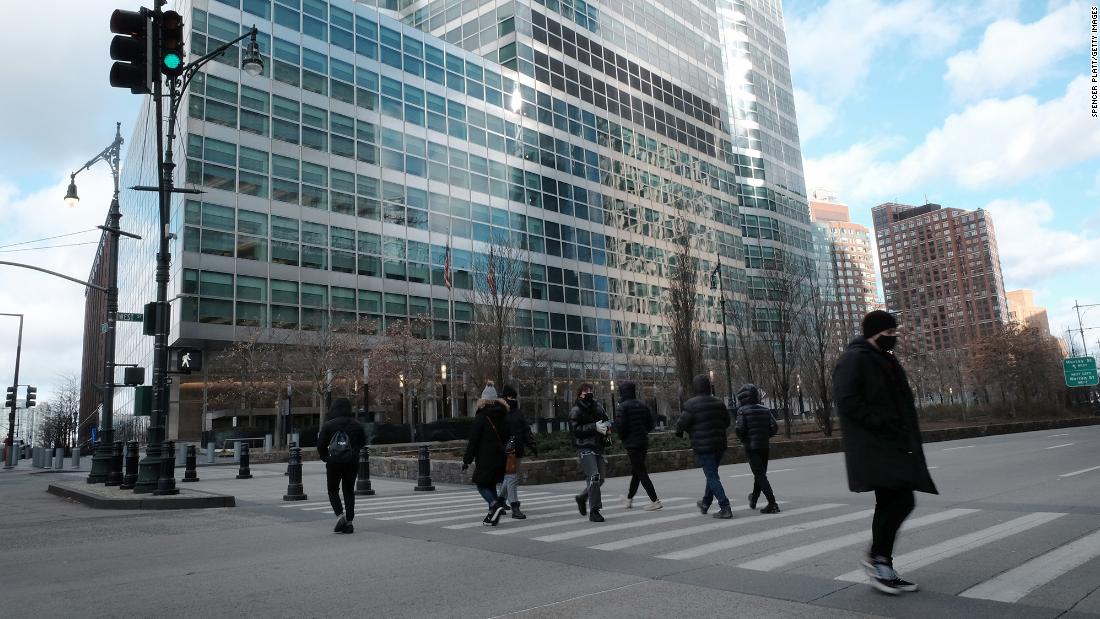Bad news for banks: Rates are rising fast
The Fed is no longer expected to raise rates gradually. The consensus opinion among economists is that a series of quarter-point hikes will no longer cut it.
The Fed is behind the curve on inflation. It’s time for shock and awe.
But, according to futures trading on the Chicago Mercantile Exchange, investors are now pricing in a nearly 80% chance of a half-point hike at the Fed’s May meeting and about 55% odds of another half-point increase in June. There’s even a more than 30% probability of a three-quarters-of-a-point rate hike, to a range of 1.5% to 1.75%.
The ripple effect of higher rates
“The recent inversion of the curve has been an overhang for bank stocks, with uncertainties regarding revenue growth and credit,” said KBW managing director Christopher McGratty in a first-quarter earnings preview report. He specifically cited “the risk of elevated deposit costs.”
All these worries are hurting bank stocks. Investors appear to be more nervous about an eventual pullback than excited by the potential short-term boost to lending profits.
“Rising inflation and higher interest rates may lead to a US recession. The course of the pandemic may also change consumer behavior as we continue to move to a new normal,” said CFRA bank analyst Kenneth Leon in an earnings preview report.
“US households could be more frugal and conservative with using their credit cards or consumer loans. Uncertainties remain on the outlook for consumer and commercial loan activity as well as investment banking,” he added.
Inflation could get worse before it gets better
And experts aren’t predicting much relief on the horizon just yet.
The inflation challenges are likely to get worse before prices start to come down. Stifel chief equity strategist Barry Bannister forecast in a recent report that the annualized increase for CPI will spike as high as 9% in the coming months, before finally beginning to subside in the third quarter.
Inflation is even more problematic at the wholesale level. The government’s producer price index, which measures prices for raw goods sold to businesses, surged 10% in the 12 months ending in February.
The fact that PPI is rising even more sharply than CPI could be a sign that businesses are either unable or unwilling to pass on all their higher costs to consumers. That could hurt profit margins going forward.
Up next
Monday: China inflation; UK manufacturing production
Friday: Major stock and bond markets around the world closed for Good Friday
For all the latest world News Click Here

